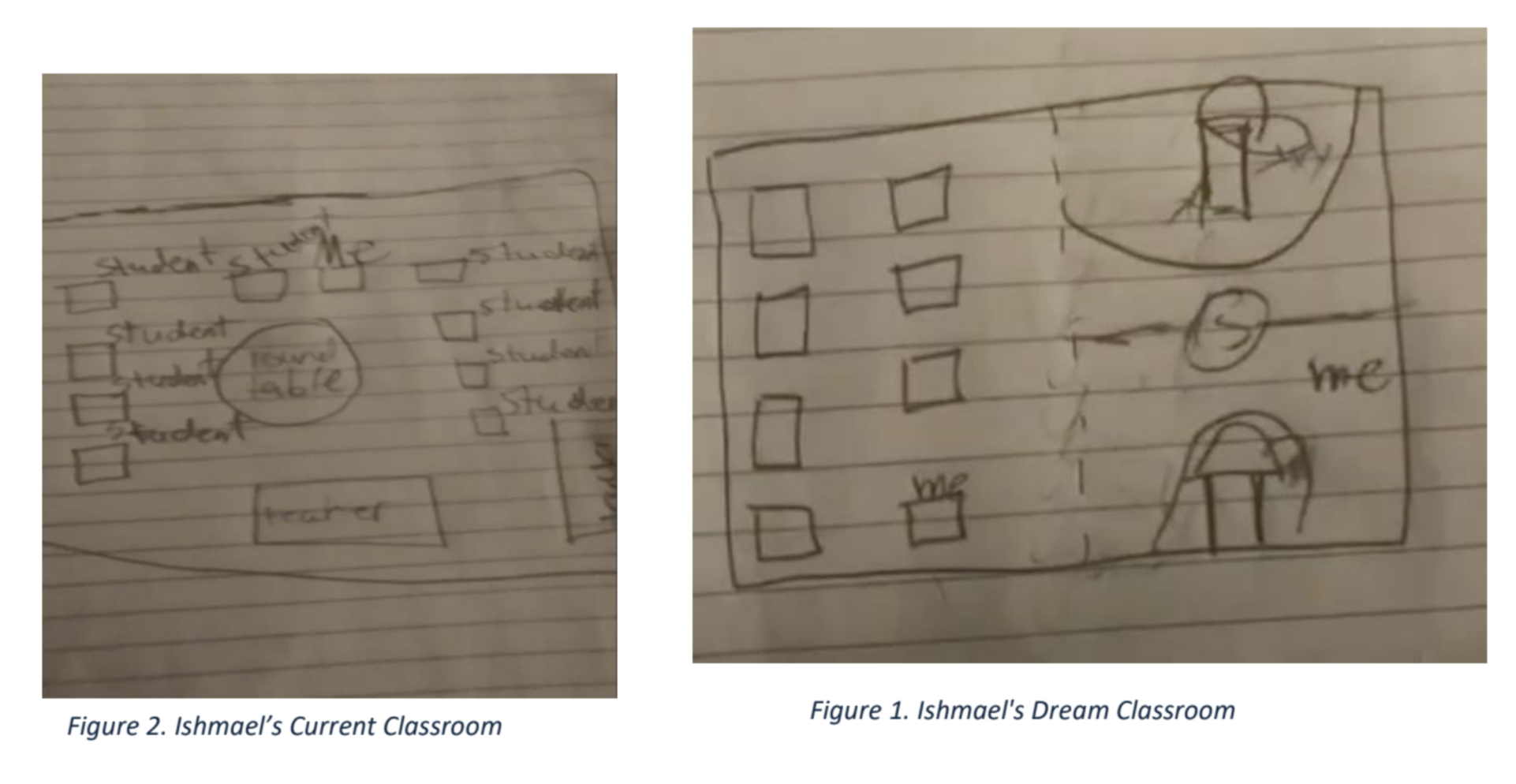A look at Spatiality in Fostering a Sense of Belonging in Schools
Written by Suad Ahmed
In discussions around student belonging, considerations about the physical classroom space often go neglected. Yet, recent research in the field of spatial belongig and spatial justice underscores its profound impact on students' experiences of connection within educational environments. Drawing insights from literature on spatial belonging and my own master’s research project, it becomes clear that spatial considerations play a crucial role in shaping students' sense of belonging in educational spaces, or what I refer to as “feeling good and right” in a space (Ahmed, 2022).
Groundbreaking research by Wong (2023) highlights that the physical dimensions of educational spaces —including classroom design, furniture layout, and accessibility—has a direct influence on how students perceive their educational environment and how they interact with it overtime. Wong argues that inclusive and thoughtfully designed spaces enhance students’ sense of belonging by fostering connection, comfort and accessibility. For instance, flexible seating arrangements and well-maintained study areas contribute to a more inclusive atmosphere, which in turn fosters a stronger connection to the educational setting among students. More to this, Wong (2023) highlights that study spaces that contain comfortable furniture, adequate lighting, ramps and elevators for accessibility, and necessary guides in place enhance students' efficiency and productivity, and as such contributes toward their greater sense of well-being, belongingness, and connection to and within these very spaces.
This concept of spatial belonging is echoed in Madiya et al.'s (2021) examination of spatial justice within universities in the Global South. They argue that disparities in resources and facilities not only reflect historical inequalities but also perpetuate them – impacting students' access to quality education and their overall sense of belonging within the education environment. Crowded classrooms, inadequate resources, and the lack of necessary amenities can create an environment where students feel marginalized, which directly undermines their sense of inclusion and belonging within the educational space. The significance of classroom spatiality is further illuminated by a participant in my master’s research study.
When Ishmael, a 13-year-old student, was asked if he liked school, he said yes, citing his enjoyment of seeing his friends and learning more broadly. However, when probed about his own sense of belonging to and within school, he admitted a lack of it, expressing a preference for being “somewhere else” but acknowledging the necessity of attending school:
“I don't know, I guess, what's it called. I'd rather be somewhere else, but I need to go to school so that’s really it [...] I like being there. But I just don't like, like being there. I just want to go to school and learn and stuff and then just leave.”
Ishmael’s contradictory feelings were evident when he described belonging as simply “liking being there,” which he struggled to connect with his school experience. To delve deeper, Ishmael was asked to draw his current classroom and his ideal classroom.
His drawing of the current classroom depicted a traditional, rigid setup with desks organized in rows, reflecting a conventional educational space. In contrast, his “dream” classroom was a hybrid of a classroom and a gym, where he envisioned himself sitting at the front and having the freedom to engage in physical activity. This ideal space, filled with friends and options for movement, starkly contrasted the restrictive nature of his actual classroom. That is, his emphasis on movement and choice may be contrary to and a conduit out of the of the enclosed, colonialized space of the classroom that emphasizes stringent order and that has historically restricted the freedom and agency of Black children (Soyonjer, 2021; Willinsky, 1998; Nuxmalo, 2019). As we previously learned from Nuxmalo (2019) Black children are rarely ever afforded the innocent curiosity that proceeds movement and play. In this way, Ishmael’s images illustrate the ambivalence he feels about school, and his own sense of belonging within it, and incorporates this feeling into its very structure.
With the above in mind, incorporating these insights into educational practice requires a reimagining of classroom design all together. This may mean that schools prioritize creating spaces that are not only functional but also responsive to the needs, desires, and identities of all students. By addressing the physical and emotional needs of students through thoughtful design and inclusive practices, educators can create environments where all students feel valued, seen, and connected to the educational space.
As we continue to explore and implement these ideas as educators, school administrators, researchers and policy makers, the wider goal remains clear: to build and sustain educational spaces that support not just academic success, but also a deep sense of belonging and well-being for all students.
References
Ahmed, S. H. (2022). On Blackness and Boyhood: Exploring the Educational and Emotional Lives of Somali Male Youth. YorkSpace.
Madikizela-Madiya, N. (2021). The question of access and spatial justice in universities in sub-Saharan Africa: A capabilities approach. Transformation in Higher Education, 6, 124.
Nxumalo, F. (2019). Decolonizing place in early childhood education. Routledge.
Wong, B. (2024). Exploring the spatial belonging of students in higher education. Studies in Higher Education, 49(3), 546-558.
About the author:
Suad is a 2024 Research Fellow working with the Coastal Research, Education, and Advocacy Network (CREAN) and a community-based researcher with a passion for advancing social justice knowledge. Rooted in her Somali heritage, her current PhD project focuses on the identity-formation of Somali youth, and through her research she aims to empower Somali youth by amplifying their voices and fostering a greater sense of belonging and agency within her community. In this blog post, Suad examines how spatial belongingness impacts Black students' educational journeys and offers practical strategies from background research and master’s research, for creating inclusive learning environments.

